Skin Care Essentials
Achieving a flawless face takes more than just outstanding make-up application skills.
It requires a great canvas underneath the make-up. But what to use? With so many claims about make-up and ingredients, how do you know what to believe and what to choose. As a licensed esthetician, I am well-versed in what works and what doesn’t and I’m here to make sure you know exactly which steps are essential for your regimen and which ingredients you should be on the look-out for.
Cleansers:
Cleansers have one purpose. To clean your skin. That’s it. Anything other claim that a cleanser makes is simply not true. Cleansers do not stay on your skin for long enough for any active ingredients to penetrate.
There are several categories of cleansers and they address different skin types:
Milk or Cream Cleansers – these cleansers are for dry, aging, damaged skin. They are incredibly rich and very moisturizing.
Example: Glo Therapeutics Conditioning Milk Cleanser
Cleansing Oils – don’t let the name fool you. Oil cleansers are great for all types of skin. Oil cleanses without stripping the skin. It also is great for removing make-up.
And don’t worry about feeling oily afterwards – oil is attracted to oil. Which means that your excess sebum (oil) will wash away with the cleanser.
Example: Meow Meow Tweet Face Cleanser, Andrea Garland Chamomile and Geranium Cleanser, Glo Therapeutics Essential Cleansing Oil
Acne Cleansers – you really only want to use these if you have moderate to significant acne as the key ingredient of salicylic acid can be irritating and can strip the skin. But for those who need these types of cleansers, they can help add a slight extra boost of clog busting salicylic.
Example: Glo Therapeutics Clear Acne Cleanser
Gel Cleansers – These are mostly formulated for oily skin, but some varieties are created for dry, aging, sensitive skin. These do not foam, nor do they strip the skin of essential moisture.
Examples: Indie Lee Brightening Cleanser, Indie Lee Rosehip Cleanser.
Exfoliants:
Exfoliation is, in my mind, the single most important thing you can do for your skin (after wearing sunscreen, of course). You can have the greatest moisturizers and serums in the world, but they won’t do a thing if your skin is not in a condition to allow the products to penetrate the skin. Dry skin not only makes your skin look ashen and dull, but it is more likely to result in fissures and cracks. These can allow bacteria into the skin, causing irritation and infection.
There are 2 categories of exfoliants: Mechanical and Chemical.
Mechanical exfoliants utilize a material to manually detach the dry skin flakes from the surface of the skin. This can be in a scrub or even a loofah.
Out of the two, I recommend a scrub as they are often mixed with an oil, which immediately works to heal and nourish the skin.
Examples: Andrea Garland Ginger Scrub, Simple Sugars scrubs for the body and face, Indie Lee Coconut Citrus Scrub.
Chemical exfoliants utilize acids and enzymes to remove the surface cells by dissolving the cells themselves or by dissolving the “glue”that binds them to the surface, allowing them to simply slough off.
The best chemical exfoliant for anti-aging is, without a doubt, Retinol. Retinol is a Vitamin A derivative and is the gold standard for reducing fine lines and wrinkles.
Examples: Glo Therapeutics Renew Serum and Triple Action Serum.
Common acids for exfoliation are Glycolic and Lactic, which are both alpha-hydroxy acids. Acids dissolve the skin cells themselves. If you have sensitive skin, please use these carefully as acids are indiscriminate and will eat through anything in it’s path, including healthy skin.
Examples: Glo Therapeutics Renew Serum, Drunk Elephant T.L.C Framboos Glycolic Night Serum.
Enzymes, generally from the 3 P’s – Papaya, Pumpkin, and Pineapple, are more gentle than acids and are a better choice for sensitive skin than acids. This is because enzymes only attack dead tissue, instead of roaring through everything in it’s path.
Example: Glo Therapeutics Pumpkin Enzyme Scrub
Serums:
Serums are a lightweight delivery system for active ingredients. They can be used as a way to transport your retinol/acids, extra hydration in the forms of vitamin B5 and hyaluronic acid (which is a powerful humectant. Each molecule can hold 1,000x its weight in water), incredible anti-oxidants such as Vitamin C, anti-aging in the form of plant stem cells, and lightening and brightening ingredients such as kojik acid and hydroquinone.
Example: Glo Therapeutics 15% Vitamin C, Drunk Elephant C+ Firma, Glo Therapeutics Brightening Serum, Glo Therapeutics Lightening Serum, Indie Lee Swiss Apple Facial Serum, Sundari Gotu Kola and Yucca Facial Serum, Sundari Omega 3+ and Algae Day Serum, Glo Therapeutics B5 Hydration.
Moisturizers:
Moisturizers main focus is to create a barrier layer between your skin and the elements. There can be some active ingredient in moisturizers, but these work best if there is oil in the moisturizer as your skin doesn’t let molecules of water in (which is why we don’t get waterlogged in the shower).
These are useful even if you use oils to moisturize your skin, as they slow down the evaporation process of water from your skin.
Examples: Indie Lee Squalane Facial Cream, Andrea Garland Gentle Rosehip and Lavender Facial Cream, Andrea Garland Rejuvinating Frankincense Cream, Glo Therapeutics SPF 40 Moisturizer, Sundari Lavender Moisturizer for Dry Skin, Sundari Elder Flower Moisturizer for Normal/Combination Skin
SPF:
You MUST wear sunscreen every day. Even in winter. Even when it’s cloudy. The amount of damage your skin receives over the course of a year from incrimental sun exposure is equal to frying yourself on a beach for one week.
UV rays damage collagen AND halt collagen production for period of time. So it’s a double whammy of aging.
Not to mention skin cancer, which is on the rise.
You can use sunscreen in your moisturizer such as Glo Therapeutics SPF 40 Facial Moisturizer, although it’s somewhat better to use a separate one.
Examples: Glo Therapeutics Oil-Free SPF 40+ Sunscreen and Glo Therapeutics Solar Shade SPF 50.
Please feel free to swing by or contact me here at The Gilded Girl with any skin care questions or guidance you need. I love to help!
- Elizabeth Quesnelle

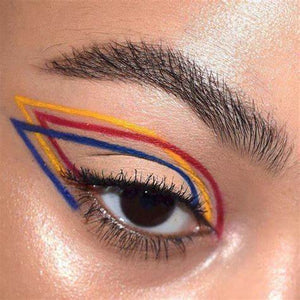
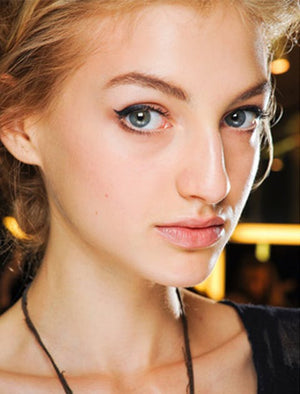
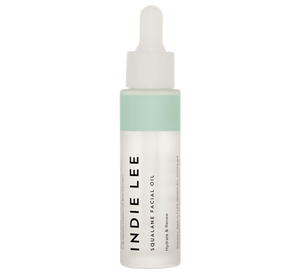
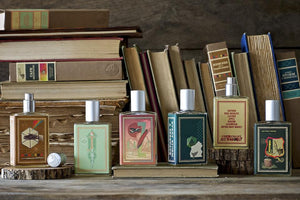
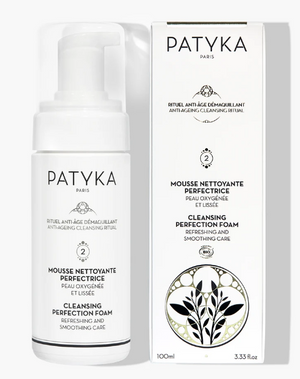
Comments 0